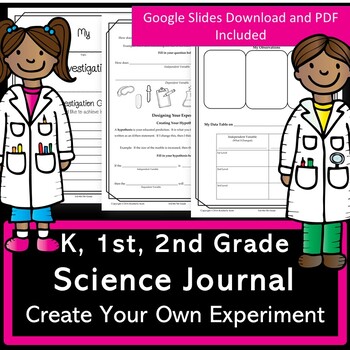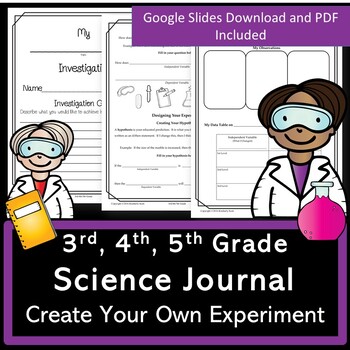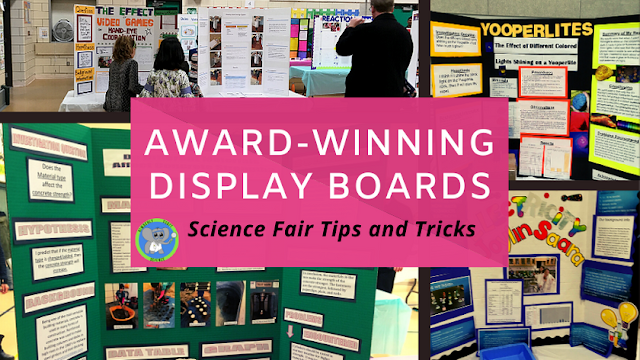Student-Led Science: Empowering Students To Design Their Own Experiments
If you want to lead students to wonder and wonder some more, get them to create their own experiments. This will increase engagement and meet the NGSS Standards: 'Plan and conducted an investigation collaboratively to produce data to serve as the basis for evidence using fair tests which are controlled.'
An experiment or investigation is different than a demo. The students make a change in the demo, record data on the effects of that change, and evaluate the results. There are prewritten experiments. We love those, too. They are great for exposing students to phenomena. Empowering students to design their own experiments will ignite inspiration and enhance their engagement.
The Benefits of Student-Created Experiments
- It enables students to learn from first-hand experiences instead of as a third-party observer, which improves achievement.
- It allows them to explore their interests and questions. They will feel ownership in their learning.
- It helps students explain concepts in their own words because they see and experience the phenomenon.
- It helps beyond the classroom by teaching students how to interpret and make sense of knowledge and facts in all areas of life.
- When done right, it creates a positive experience and improves attitudes towards science.
The key is to start experimenting at the earliest grade. Kindergarteners are super curious and will have many ideas. We are not talking about college-level experiments. These are age-appropriate investigations. They involve a simple change and an easy measurement. Each year, the expectations can be increased. It is very important to scaffold this process. Thinking like a scientist does not happen overnight. Here are some tips.
- Start with a demo and let the students develop a change that you test as a whole class.
- Add each part one at a time and model each step. For the younger grades, we use sticky notes to select our hypothesis. At the end, they move their sticky note to what actually happened. By the end of the year, students will have their own worksheets, which will allow them to record their hypotheses and results.
- K-1st grades are not ready for collaborative group experiments. Choose simple experiments where each student can have their supplies.
- In 2nd and 3rd grade, you start having the students learn how to work in groups. Like tip 2 slowly work up to having the groups do all the steps independently. You might create a change together, but the groups make their hypothesis and write the procedures.
- Divide the older grades into groups of 3-5 students. It will save on supplies and space.
- Create group roles so everyone knows what their job is. The lab will stay cleaner, and you will have better data.
- Provide a clear step-by-step guide. This is key to making it a positive experience.
These blank science journals will guide students through choosing a topic, designing an experiment, recording data, and summarizing their results. They work well for whole-class learning as well as independently for a science fair project. They include both a digital and print version. We developed them to grow with the students, a great way to scaffold the process. Once in middle school, their thinking will resemble that of a scientist, and they will be excited to attend science class.





.png)

